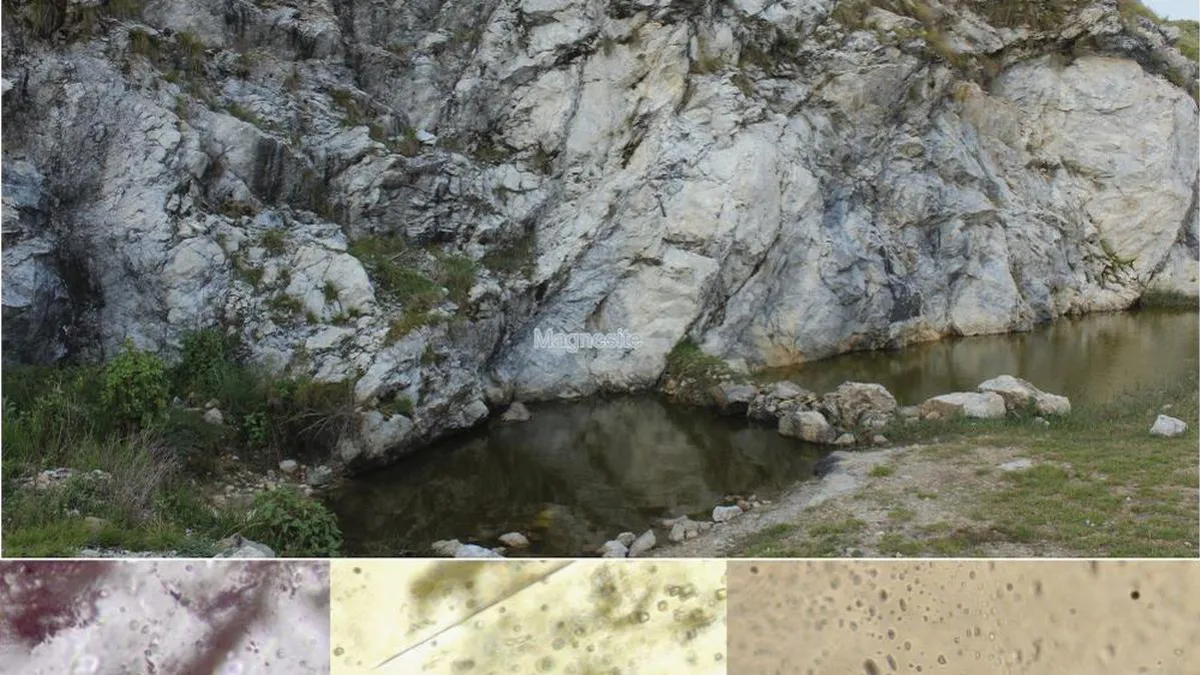Scientists of IISc and Niigata University, Japan, have discovered droplets of water trapped in mineral deposits in the Himalayas left behind 600 million years ago
28 Jul 2023
News
Researchers from the Indian Institute of Science (IISc) and Niigata University in Japan discovered droplets of water trapped in mineral deposits in the Himalayas that were likely left behind by an ancient ocean that existed 600 million years ago. Scientists believe that 600-million-year-old ocean water from the Himalayas can give evidence for the evolution of seas and potentially life on Earth.
According to IISc, geologists estimate that between 700 and 500 million years ago, massive sheets of ice blanketed the Earth for a lengthy period of time, known as the Snowball Earth glaciation (one of Earth's main glacial periods). Following this, the amount of oxygen in the Earth's atmosphere increased, resulting in the Second Great Oxygenation Event, which eventually led to the emergence of sophisticated living forms. Due to the absence of well-preserved fossils and the loss of all previous seas in Earth's history, scientists have not completely grasped how these events were linked. According to the institution, exposure to such sea rocks in the Himalayas may give some answers.
The team searched for these deposits throughout a large area of the western Kumaon Himalayas, from Amritpur to the Milam glacier and Dehradun to the Gangotri glacier region, as per IISc. They were able to determine that the deposits are the result of precipitation from ancient ocean water, rather than other areas, such as the Earth's core (for example, from subsurface volcanic activity), using comprehensive laboratory investigation.
